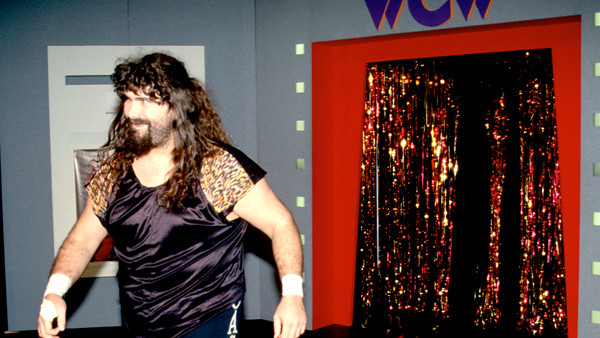10 Things You Didn't Know About WCW In 1993
Find out what went wrong during Sting vs. Vader at SuperBrawl III...

In 1993, Eric Bischoff would make his first major steps towards seizing power in World Championship Wrestling.
Previously little more than a fresh-faced announcer, Bischoff applied for the role of Executive Producer in the company. Taking over from a departing Bill Watts, Bischoff could not have been any more different from his predecessor.
Gone were the rules that perplexed talent, such as removing ringside safety mats and banning moves from the top rope. In fact, Bischoff went about changing the entire structure of WCW's presentation, limiting house shows and instead favouring block show tapings in order to save money and drive down costs.
1993 was a year of great change for WCW, but the promotion still couldn't top what was happening in Vince McMahon's World Wrestling Federation. Still, at least things were moving in a more positive direction, on the surface.
Creatively, '93 was far from a banner year for WCW.
There was a chaotic vibe to storylines, as if those in charge were struggling to find out what the core fan base wanted. Unquestionably, Vader was the top heel in the company throughout 1993, and he - along with other top stars - was involved in several incidents fans may not have known about before.
10. Disney MGM Block Tapings Caused Creative Headaches

Upon taking the reigns as Executive Producer, one of Eric Bischoff's first moves was to plan block tapings at Disney/MGM Studios in Florida.
Looking to move away from WCW's Southern roots, Bischoff felt hosting events in the studio would not only save money, but it would also look better too.
Brighter lights and a shiny aesthetic were promised by the modest soundstage setting, but it didn't come without problems. One of the main issues was that WCW taped so much content at these events, and it often made keeping on top of things chronologically pretty darn difficult for those writing television.
For example, it wasn't uncommon that matches were taped to air after some of the live pay-per-view events of 1993. This meant that if a title change occurred on that pay-per-view, it would have to be represented on the TV taping that was being filmed before.
In other words, champions were champions in front of studio audiences before they were officially recognised as champions by those watching at home.
It was a mind-numbing way of doing things, but Bischoff claims it did cut a lot of costs in the long run.